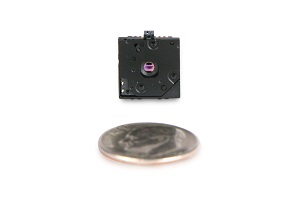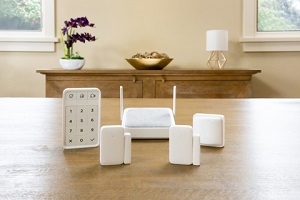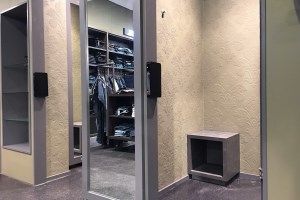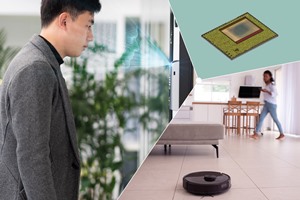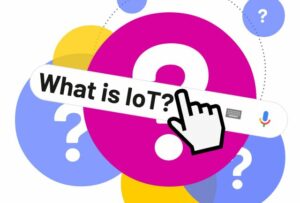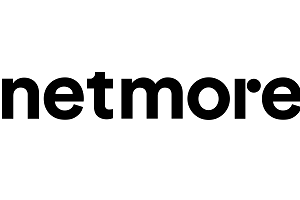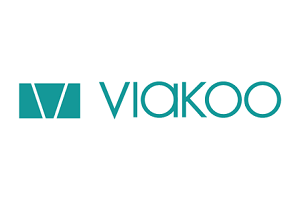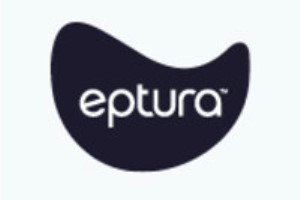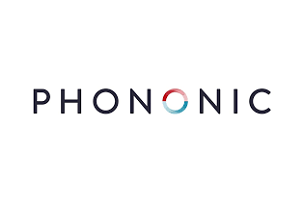Atmosic Technologies and Nichicon Corporation have announced partnership to provide customers with an energy harvesting solution for small form factor IoT (internet of things) devices. The integration of Nichicon’s compact lithium titanate rechargeable battery (SLB) technology with Atmosic’s ATM33e series of wireless Bluetooth energy harvesting system-on-chips (SoCs) offers developers a solution. It simplifies the integration into wearable technology and various other Bluetooth-enabled devices.
One main advantage of Atmosic’s ATM33e is SoC’s low power consumption. When ATM33e is combined with SLB series devices, the solution offers extended battery operation in a small form factor. Additionally, SLB series devices can connect directly to Atmosic’s SoC and be recharged from harvested energy sources without the need for a separate power management unit (PMU). This energy-productive and high integrated design reduces bill-of-materials (BoM) cost and saves valuable space so developers can create compact designs.
“We look forward to a continued partnership with Nichicon leveraging our energy harvesting technology across a broad range of customer applications. Atmosic’s ATM33e is one of the most powerful and power-efficient Bluetooth 5.3 SoCs on the market. Our customers can use this complete solution to design cost-effective and sustainable IoT devices.” says Paul Davis, vice president of product management at Atmosic.
“Nichicon is deeply committed to reducing the tech industry’s impact on the environment, including the growing problem of battery waste. Our partnership with Atmosic marks another milestone in creating a more sustainable IoT for generations to come.” says Craig Anderson, president at Nichicon America.
SLB rechargeable batteries support a high number of charge and discharge cycles (~25K cycles), low-temperature operation, and superior power density when compared with typical rechargeable batteries. They can be charged from various energy harvesting sources, making them well suited to consumer, commercial, and industrial IoT applications. Additionally, by utilising lithium titanium oxide, SLB devices have safety characteristics including ability to resist combustion from punctures and other forms of damage.
In space constrained applications, Atmosic ATM33e is available in an ultra-small chip-scale package (CSP). For traditional applications, ATM33e is also available in 5x5mm and 7x7mm QFN (quad flat no lead) packages. The ATM33e includes an integrated Arm Cortex-M33F microcontroller with up to 1536MB of non-volatile memory, and 128KB (kilobyte) of RAM (random access memory).
Comment on this article below or via Twitter: @IoTNow OR @jcIoTnow
- SEO Powered Content & PR Distribution. Get Amplified Today.
- PlatoData.Network Vertical Generative Ai. Empower Yourself. Access Here.
- PlatoAiStream. Web3 Intelligence. Knowledge Amplified. Access Here.
- PlatoESG. Carbon, CleanTech, Energy, Environment, Solar, Waste Management. Access Here.
- PlatoHealth. Biotech and Clinical Trials Intelligence. Access Here.
- Source: https://www.iot-now.com/2023/09/22/136487-atmosic-nichicon-unveil-energy-harvesting-solution-aimed-at-minimising-battery-waste-in-iot/
- :is
- $UP
- a
- ability
- access
- across
- Additionally
- ADvantage
- aimed
- also
- america
- an
- and
- anderson
- announced
- Another
- applications
- ARM
- article
- At
- available
- batteries
- battery
- BE
- below
- bluetooth
- broad
- by
- CAN
- characteristics
- charge
- charged
- combined
- come
- commercial
- committed
- compact
- compared
- complete
- Connect
- consumer
- consumption
- continued
- Cost
- cost-effective
- Craig
- create
- Creating
- CSP
- customer
- Customers
- cycles
- damage
- Davis
- density
- Design
- designs
- developers
- Devices
- directly
- energy
- Environment
- factor
- flat
- For
- form
- forms
- Forward
- from
- generations
- Growing
- Harvesting
- Have
- High
- HTTPS
- Impact
- in
- includes
- Including
- industrial
- Industrial IoT
- industry’s
- integrated
- integration
- Internet
- internet of things
- into
- iot
- Iot (internet of things)
- iot devices
- IT
- lead
- leveraging
- lithium
- Look
- Low
- Main
- Making
- management
- Market
- Memory
- milestone
- more
- most
- Need
- news
- no
- now
- number
- of
- Offers
- on
- ONE
- operation
- or
- Other
- our
- package
- packages
- Partnership
- Paul
- plato
- Plato Data Intelligence
- PlatoData
- power
- powerful
- president
- Problem
- Product
- product management
- provide
- RAM
- random
- range
- reduces
- reducing
- Reports
- Safety
- says
- separate
- Series
- small
- So
- solution
- Sources
- Space
- superior
- support
- sustainable
- tech
- Technology
- The
- Them
- they
- things
- this
- Titanium
- to
- traditional
- typical
- unit
- unveil
- use
- Valuable
- various
- via
- vice
- Vice President
- Waste
- wearable
- wearable technology
- WELL
- when
- wireless
- with
- without
- zephyrnet


